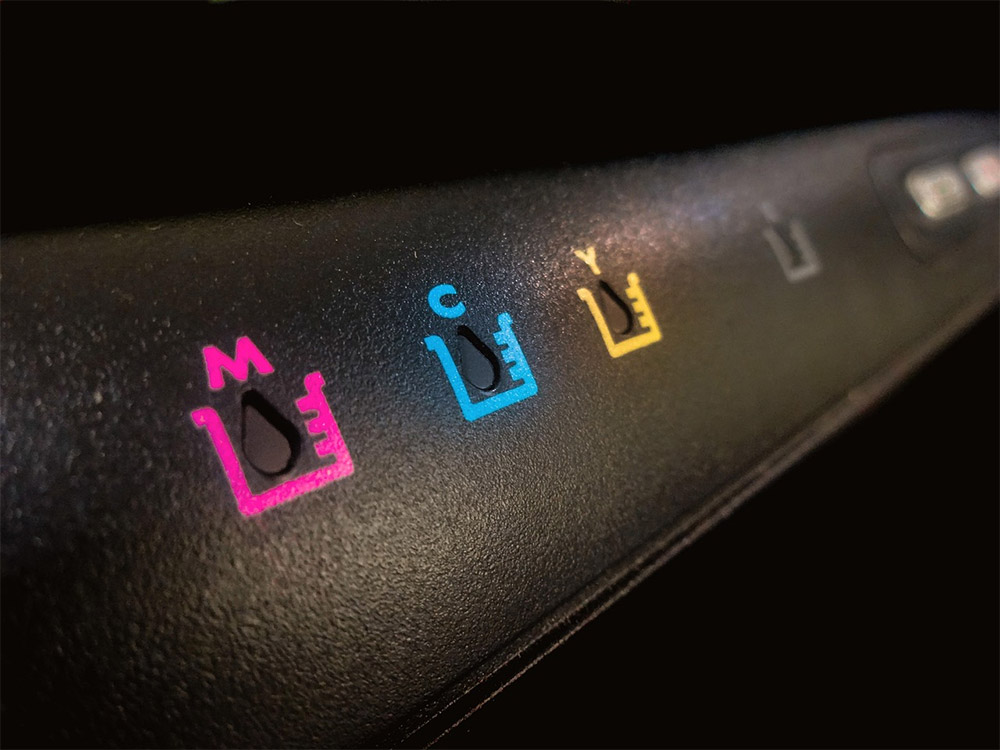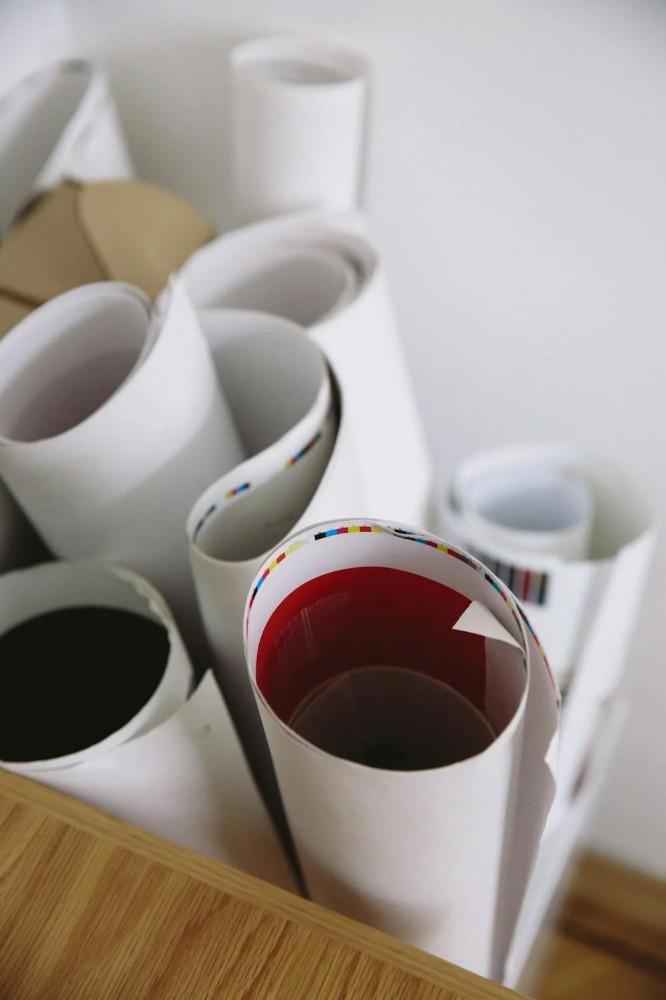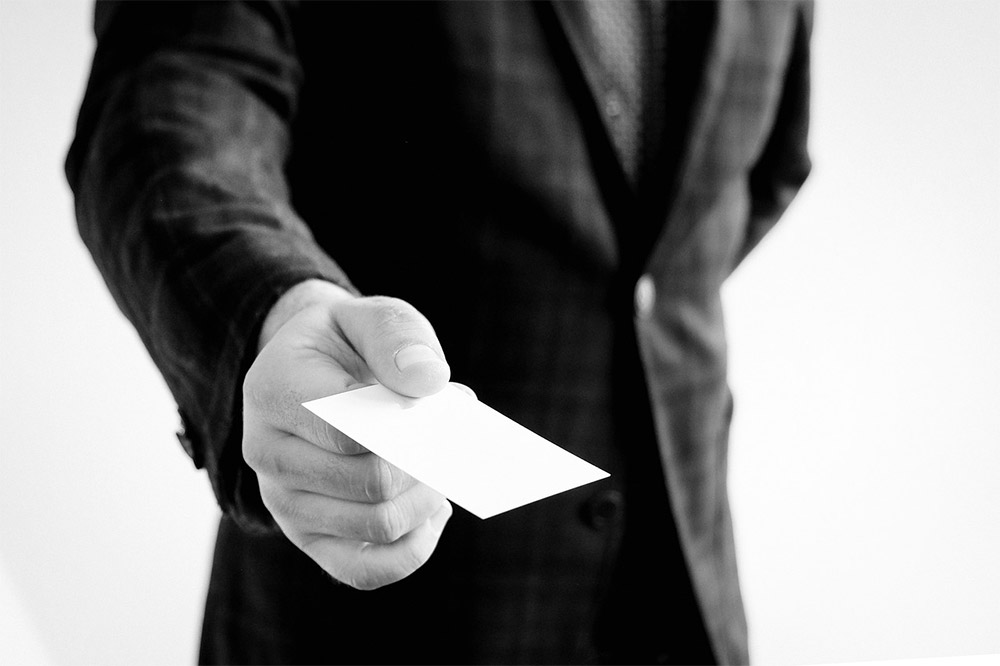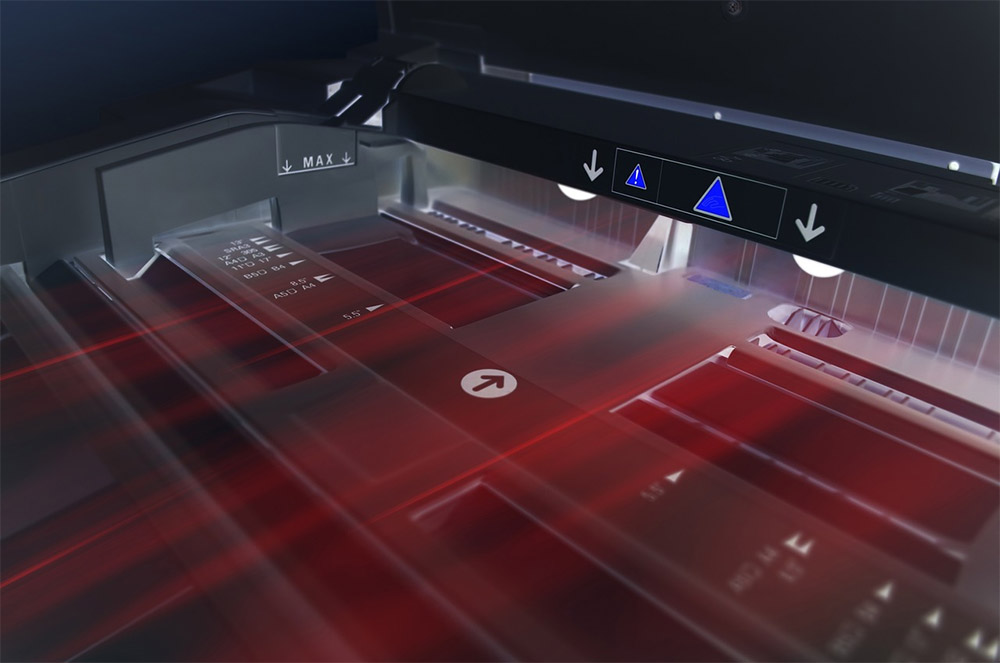Trade shows are one of the most powerful tools for building brand visibility, generating leads, and connecting with potential clients face-to-face. But with hundreds of exhibitors often packed into a single event, how do you ensure your booth stands out from the crowd? The answer lies in strategic eye-catching design – especially when it comes to your trade show displays and banners.
Effective trade show graphics can make or break your success at a trade show. A well-designed display can draw in attendees from across the room, communicate your brand’s message at a glance, and serve as a platform for engaging conversations. Designing displays through large format printing in Denver can create banners that turn heads, spark interest, and convert curiosity into meaningful business relationships.

Why Display Design Matters
Your booth display is your first impression at a trade show. Before a single word gets exchanged, trade show attendees make snap judgments about your business based on what they see. Whether it’s a banner stand, pop-up backdrop, or a full custom booth, your visual presentation sets the tone. A strong display should attract attention quickly and communicate your brand identity clearly. They should also highlight key products, services, or messages while they invite interaction. Outside of design, they also have to be easy to setup, transport, and reuse. Getting all of that right requires intentional design – not just good graphics, but a smart strategy behind them.
Understand Your Trade Show Goals
Before diving into colors, logos, and layout, take a moment to take a step back. You have to look at what you’re trying to achieve at the trade show. One of the most common goals is to generate leads, but you also have to be consistent by driving brand awareness. You can also use these trade show materials for product launches, customer engagement, and to network with other industry professionals.
Your goals should directly inform your display design. For example, if your goal is to launch a new product, your banners should prominently feature that product, perhaps with a demo area built into the booth. If you’re focused on brand awareness, your company name, logo, and tagline should be large and highly visible.
Know Your Audience
Every trade show has a different vibe and audience. A consumer-facing tech expo will attract a very different crowd than a business-to-business (B2B) manufacturing show. Knowing your audience allows you to tailor your messaging, visuals, and layout accordingly. Design choices should reflect the tone and needs of your ideal attendees at the trade show.
There are a number of questions you can yourself to figure out who you should be targeting. What problems does your audience need to solve? What particular language or jargon resonates with them? These two questions will help narrow the focus of what you should be putting on your large format printing. You also need to know if the audience is decision-makers or people that influence decisions. You also need to ask yourself what design style appeals to their preferences – sleek and modern, bold and comfortable, or professional and minimal?
Keep Your Message Clear & Simple
One of the biggest mistakes companies make is overloading their trade show graphics with too much text or too many visuals. Remember: You only have a few seconds to grab someone’s attention as they walk past your booth. Think of your booth as a billboard, not a brochure. Your booth is not the place for long paragraphs or fine print – save that for the brochures or other digital handouts.
You can put that focus on clarity by doing a number of different tactics. Only use one key headline or tagline to keep it from getting too busy. Include a short list of benefits or features (if the space allows). Making your call-to-action visible is imperative. This includes examples like “Try a demo” or “Enter to win” or “Ask us how we can help.” Keep the design clean and simple by avoiding clutter or busy backgrounds.
Prioritize Branding
Your booth should be instantly recognizable as an extension of your brand. That means consistent use of your logo, typography, and any other special indicators you’ve associated with your brand. The brand voice or messaging should also be consistent, and you should also have consistency with the colors. Your display isn’t ‘just a decoration – it’s an ambassador for your brand. Visitors should leave with a clear idea of who you are and what you have to offer.
Consistency builds trust. When your trade show display matches your website, social media, and printed materials, it creates a seamless brand experience that feels more professional and credible. That’s why making sure the colors remain consistent is vitally important. If your colors are blue and orange, they have to the correct shades of blue and orange. Every time. Your brochures can’t be royal blue and neon orange while your website portrays navy blue and burnt orange. Know your colors and use them consistently throughout every piece of your marketing.
Choose the Right Display Type
There are many types of trade show displays and banners to choose from, depending on your space, budget, and goals. Pop-up displays are versatile, portable backdrops that are easy to transport and set up. They work well for 10x10 or 10x20 booths and provide a large canvas for impactful graphics. Retractable banner stands – also known as pull-up banners – are compact and cost-effective. They are perfect for highlighting a specific product, promotion, or value proposition. Fabric tension displays are sleek displays that can create a modern, seamless look. They are highly visible and often allow for double-sided printing.
Modular displays can be customized and reconfigured for different shows. They’re more expensive but offer flexibility and a polished appearance. Tabletop displays are ideal for smaller booths or events. This type of display is simple and compact, but can still deliver a strong message. If the venue allows it, a hanging sign can be a great option, as well. A suspended overhead banner can make your booth visible from across the room and help guide traffic to your space. When selecting your display type, factor in transportation, setup time, booth size, and storage needs.
Use Strong Visual Hierarchy & Leverage Your Imagery
Visual hierarchy refers to the arrangement and design of elements to show their importance. In a trade show context, it helps guide the viewer’s eye and makes sure they see your most important messages first. A typical hierarch can start with a large logo and brand name positioned near the top. That should be followed by a short, benefit-driven and prominent headline or tagline, which is followed by supporting graphics or product images that reinforce your message. Near the bottom should be secondary info like your web address, contact info, QR codes, etc. Use size, color, contrast, and placement to draw attention where you want it most.
Blurry, pixelated, or generic images will hurt your credibility. Invest in high-resolution photos and graphics that represent your brand and offerings professionally. When using visuals, use rea product shots or team photos whenever possible. Avoid anything cliché like stock images, and be sure all of your images are at least 150-300 dpi for print. Consider lifestyle imagery that shows your product or service in use. For large-format prints, it is especially important to work with vector files and scalable graphics to maintain crispness at any size.
Think Beyond the Booth
Your trade show display doesn’t exist in a vacuum. Think about the entire attendee experiences before, during, and after the show. Before the show, make sure to promote your booth on social media and within email campaigns. Offer incentives for stopping by, such as executive swag, prizes, or discounts. Train your staff to align with your booth’s messaging and design during the show by using matching branded apparel. Be sure to have a lead capture system in place (like forms, scanners or apps). A great display gets people in the door, and your strategy afterward seals the deal.
To maximize your trade show investment be sure to steer clear of some common pitfalls. Don’t use too much text. Keep it punchy. Even the best design falls flat when not properly lit, so be prepared. Add accent lights if needed. Don’t mix fonts, colors, or design styles. Stick with your brand. Also, white space is your friend. Give your design room to breathe and eliminate cluttered visuals. It’s also important to avoid script or overly stylized fonts. Prioritize legibility and make it easier for passers-by to understand.
Your trade show banners aren’t just decorations. They’re tools to communicate, connect, and convert people into clients. When designed with intention, they can become powerful marketing assets that tell your story at a glance and invite people to learn more about your products or services. Keep the focus on clarity, branding, and engagement. For more information on how to make your trade show displays draw all the right attention, reach out to the experts at Cottrell Printing today.
.png)








